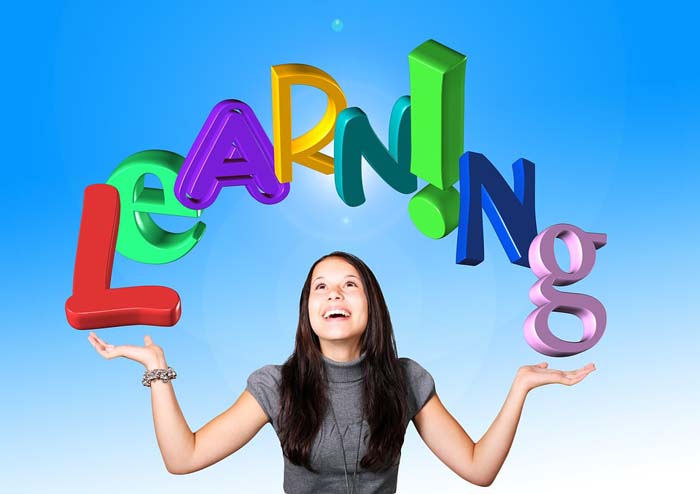Why tutoring can give students equal opportunities to learn
A differentiated curriculum is a learning program that, ideally, meets the academic needs and interests of every student. This means that all the teaching approaches outlined in the curriculum are flexible, so that the content being taught is digestible and refreshingly challenging for each individual child. In a class of twenty or thirty students, who will undoubtedly possess slightly different needs, interests and skills from each other, an effective differentiated program is a challenge for teachers to implement. Nonetheless, experienced teachers, including educators at the new NSW Education Standards Authority (NESA, formerly BOSTES), know that such an individualised curriculum is necessary if all students are to meet their full potential. Susan Winebrenner, an experienced education consultant of the Education Consulting Services in the US, has put forward a compelling argument for differentiated learning, “Equality means giving everyone equal opportunities to learn, not teaching everyone in exactly the same way.”

Unfortunately, efforts towards establishing curriculum differentiation in schools often falls short. Within NESA guidelines, such programming is a guide, rather than a requirement whose success can be evaluated by students and their families. In reality, curriculum differentiation may go little further than a few sentences in a school’s teaching/learning policy handbook, or informal extension programs where gifted students meet once or twice a term to work on self-guided projects. Not all schools offer the supported learning or acceleration programs that many students need. And what about HSC students in Year 11 and 12, whose teachers already have their hands full with weekly marking and feedback, and a strict limit on the length of time they can spend on one learning outcome?
Despite schools’ best intentions, classroom sizes and a lack of support materials can mean some students (whether they require additional learning help, would like to fill a few gaps in their knowledge, or are gifted students needing a challenge in class) simply do not receive an equal opportunity to learn.
So how can tutoring provide the flexible learning opportunities often lacking in many classrooms?
NESA recommends these following methods for differentiating students’ learning programs (Differentiated Programming, NSW Education Standards Authority, NSW Government, 2014):
- tiered and levelled activities
- interest centres
- problem-solving and challenge-based learning opportunities
- open-ended questioning
- collaborative and individual learning
- student choice
- teacher/student dialogue around learning activities
Tutors, such as those on our team at Nepean Tutoring, are highly experienced in providing individualised, focused learning opportunities. In a tutoring setting, students have the opportunity to learn one-on-one, or in a small group. Programs are tailored to their own specific needs and are free from the distractions and competing requirements of other students in a large classroom. Furthermore, our tutors can fill those gaps in knowledge, support students to learn classroom content at their own pace, and find an approach that allows each student to be challenged and grow from their learning experience, without feeling overwhelmed. This facilitates student/tutor discussion and encourages learners to generate their own ideas and questions about content, an important learning process that leads lead to further investigation – that is, further learning. At all times, our tutors ensure students’ needs and interests are at the centre of learning opportunities.
While classroom learning often assumes that students are the same, the individual nature of tutoring recognises that this is a myth. Difference should be valued, and used as a means to help students grow.
